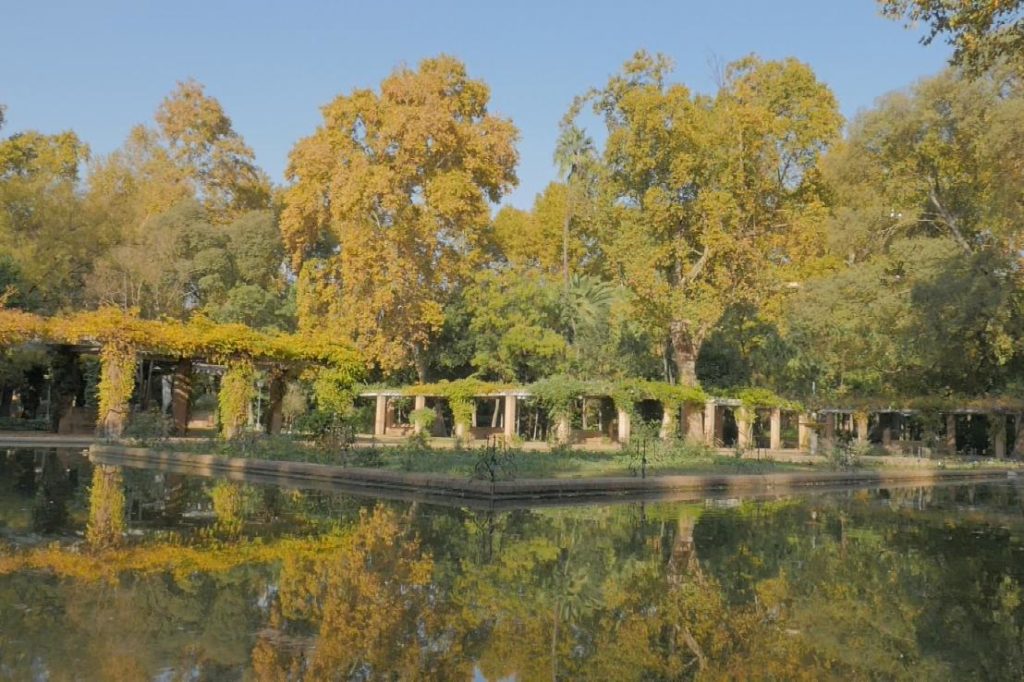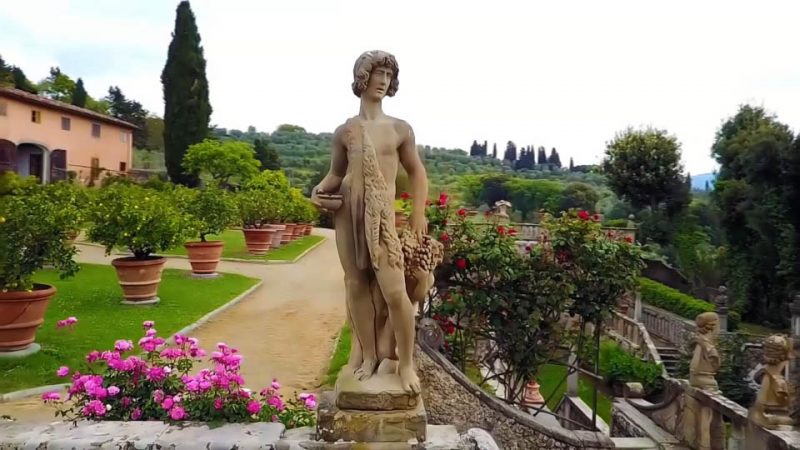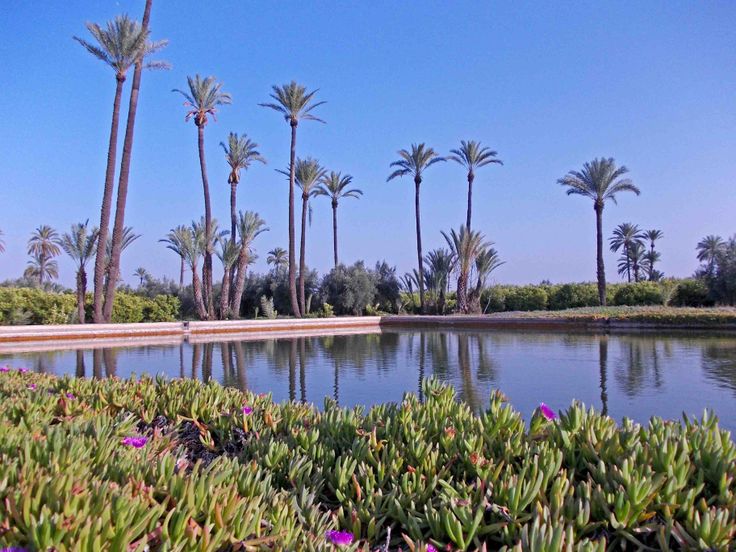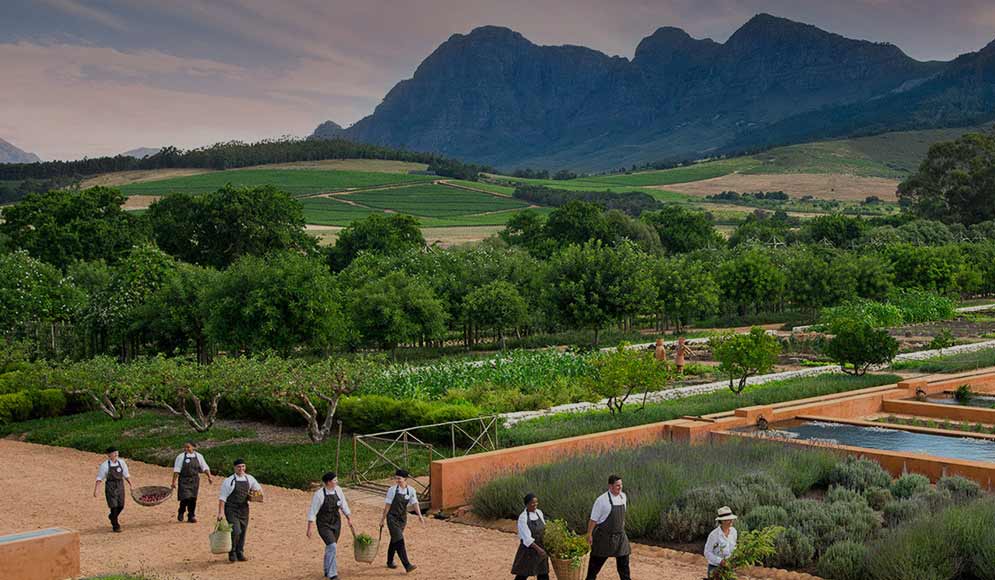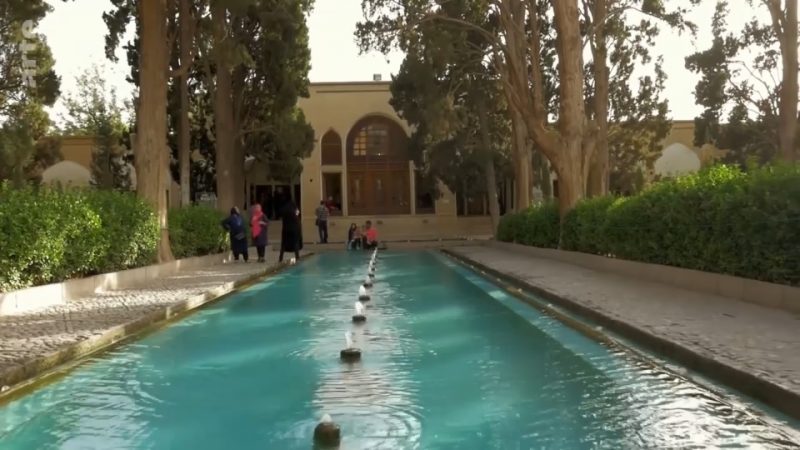Gardens Near and Far episode 29: spanning 34 hectares, the Maria Luisa Park, which is a mosaic of gardens, constitutes the lungs of the city of Seville. It was opened to the public in 1914.
The park illustrates the landscape theories of town planner and botanist Jean Nicolas Forestier, who was convinced of the need for green spaces in cities, at the start of the 20th century. The French architect / landscape gardener arrived in Spain having spent part of his career in Morocco, where he discovered the Arab culture of gardens. He adapted this culture to Seville’s largest public park, where he established the basis of the neo-Arab style.
Landscape architect Jean-Philippe Teyssier takes us on a discovery of the most beautiful gardens in France and the world. The gardeners, landscapers, horticulturalists, architects, historians and estate managers he meets unveil the art of gardening. They show us how gardens have been designed, planted and maintained over the centuries. The exceptional gardens Jean-Philippe Teyssier visits make up a myriad of passions, journeys, colors and shapes.
Gardens Near and Far episode 29 – Maria Luisa Park
Most of the grounds that were used for the park were formerly the gardens of the Palace of San Telmo. They were donated to the city of Seville in 1893 by the Infanta Luisa Fernanda, Duchess of Montpensier, for use as a public park. Starting in 1911, Jean-Claude Nicolas Forestier rearranged the gardens into their present shapes. In 1914 the architect Aníbal Gonzalez began construction for the Ibero-American Exposition of 1929, which was held partly within the park. The new buildings of the Plaza de España were used as the office of the fair.
In preparation for the exhibition, the entire southern end of the city was redeveloped into an expanse of gardens and grand boulevards. The centre of it is Parque de María Luisa, a ‘Moorish paradisical style’ with a half mile of tiled fountains, pavilions, walls, ponds, benches, and exhedras. There are lush plantings of palms, orange trees, Mediterranean pines, and stylized flower beds with bowers hidden by vines.
The park serves as a botanical garden. Many plant species, native or exotic, are represented, along with educational panels to inform the visitors to the park. Many birds make their home in the park, which is known for its large population of doves (for which a part of the Plaza de América is called the Parque de las Palomas, or Dove Park). There are also many parakeets living in the centre of the park, and ducks and swans in the fountains and lakes.
